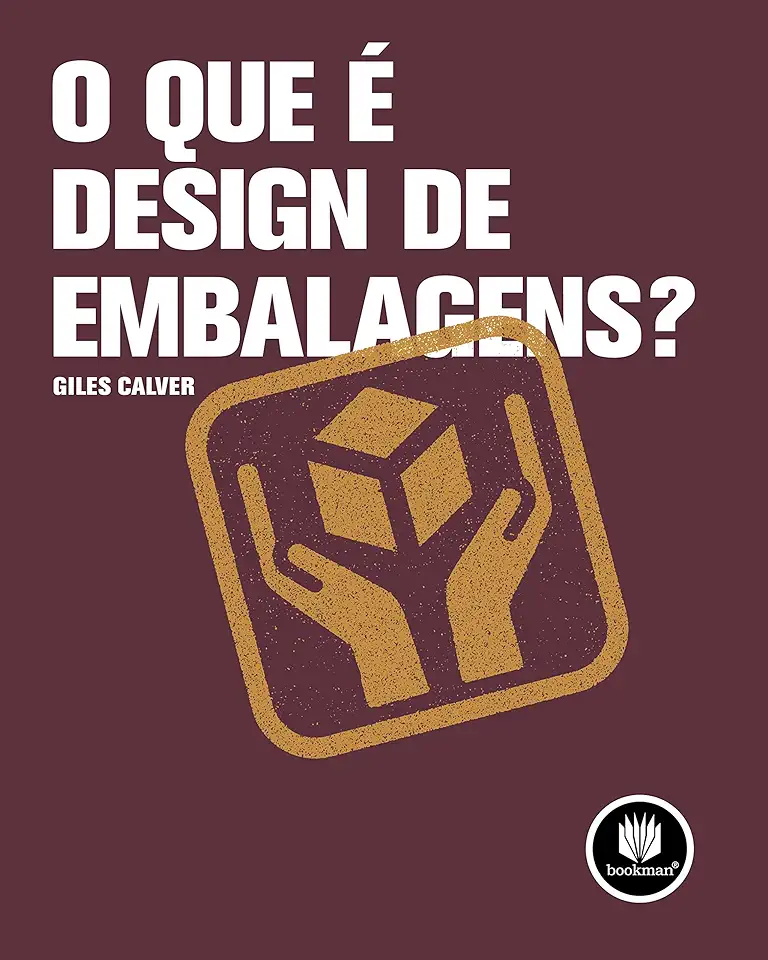
What is Packaging Design? - Giles Calver
What is Packaging Design?
A Comprehensive Guide to the Art and Science of Packaging
In today's competitive marketplace, packaging design is more important than ever. It can make or break a product's success, influencing consumer decisions and driving sales. But what exactly is packaging design, and how can you create effective packaging that stands out on store shelves?
The Definition of Packaging Design
Packaging design is the art and science of designing the containers and wrappers that protect and present products. It involves a wide range of considerations, including:
- Functionality: Packaging must first and foremost protect the product from damage during shipping and storage. It must also be easy to open and use.
- Aesthetics: Packaging is a powerful marketing tool, and it can be used to create a positive brand image and attract consumers.
- Sustainability: In today's environmentally conscious world, packaging must be designed with sustainability in mind. This means using recycled materials, minimizing waste, and making packaging easy to recycle.
The Elements of Packaging Design
There are many different elements that go into packaging design, including:
- Shape: The shape of the packaging can be used to create a unique and memorable brand identity.
- Color: Color can be used to attract attention, create a mood, and communicate product information.
- Typography: The font and style of the text on the packaging can be used to create a desired brand image.
- Imagery: Images can be used to create a visual impact and communicate product information.
- Materials: The materials used to make the packaging can affect its appearance, feel, and sustainability.
The Process of Packaging Design
The process of packaging design typically involves the following steps:
- Research: The first step is to research the target market and the competitive landscape. This will help you to identify the key factors that will influence the design of the packaging.
- Concept development: Once you have a good understanding of the target market and the competition, you can start to develop concepts for the packaging design. This involves brainstorming ideas and creating sketches.
- Prototyping: The next step is to create prototypes of the packaging design. This will allow you to test the design and make sure that it meets all of the requirements.
- Production: Once you are satisfied with the prototype, you can start to produce the packaging. This involves choosing the materials, printing the design, and assembling the packaging.
The Importance of Packaging Design
Packaging design is an essential part of product development. It can help to:
- Protect the product: Packaging protects the product from damage during shipping and storage.
- Attract consumers: Packaging can be used to create a positive brand image and attract consumers.
- Communicate product information: Packaging can be used to communicate important information about the product, such as its ingredients, nutritional value, and使用方法.
- Increase sales: Effective packaging design can increase sales by making the product more appealing to consumers.
Conclusion
Packaging design is a complex and challenging field, but it is also an incredibly rewarding one. By understanding the principles of packaging design, you can create packaging that will help your product stand out on store shelves and drive sales.
Order Your Copy Today!
What is Packaging Design? is the essential guide to packaging design for anyone who wants to create effective packaging that sells. Order your copy today and start creating packaging that will make your product a success!
Enjoyed the summary? Discover all the details and take your reading to the next level — [click here to view the book on Amazon!]